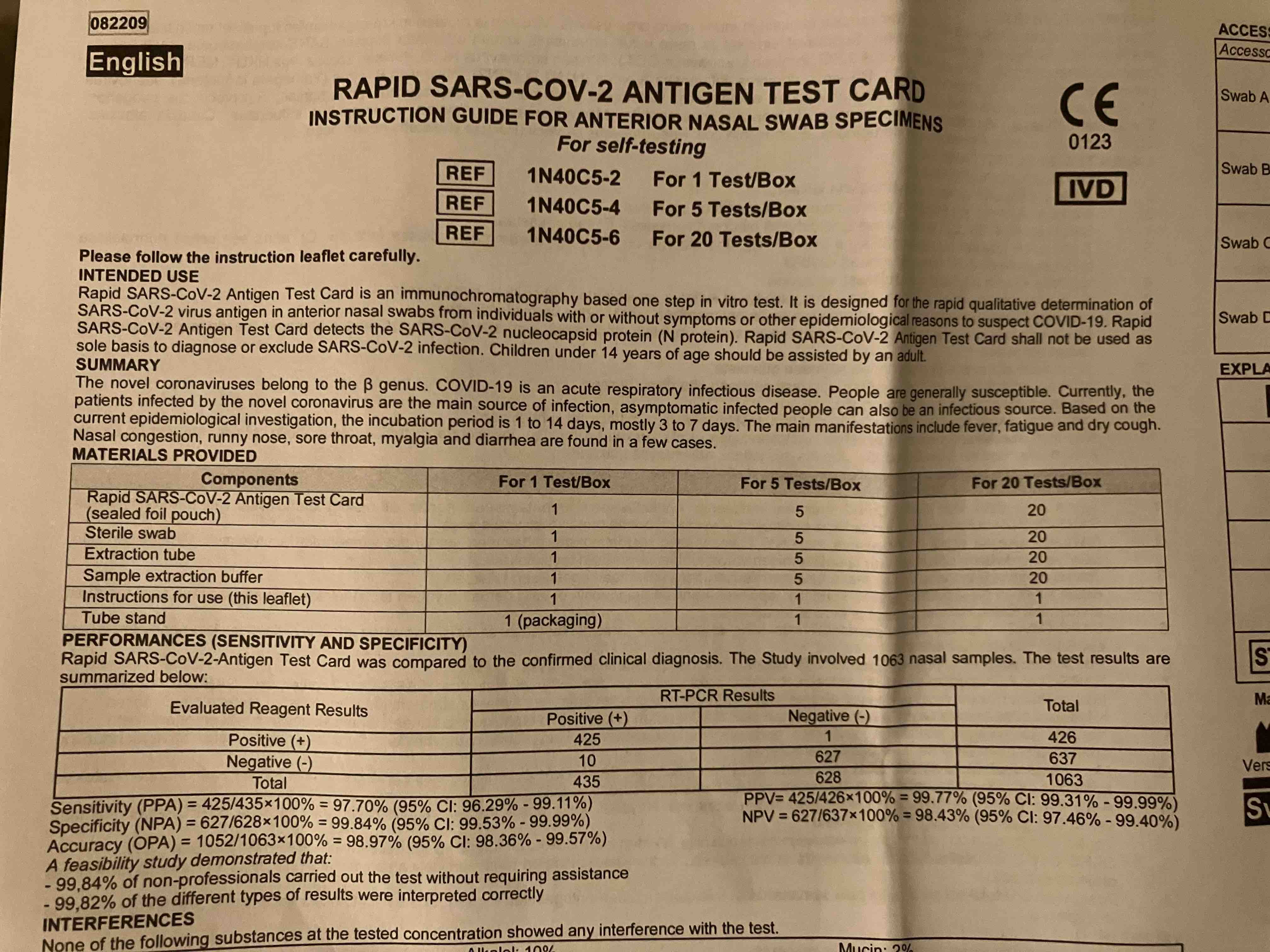Infected by probability
This last week I was downed by illness. During the day when I had the highest fever I took a rapid SARS-COV-2 self-test. It came out positive. Even though I got covid over two years ago and have taken three vaccines over the past year and a half it seemed it was time again. Since I recently had a course in statistics and probability I found it fun to try my new skills with the information provided by the self-test. The documentation compared the results from the test with PT-PCR Results.

I want to know an approximate probability that I actually had a covid infection. Lets say that A is the is the stochastic variable that tells if the self-test is positive. B is the stochastic variable that tells if the PT-PCR is positive. Since my test said that A is positive, then what is the probability that I have an infection - that the PT-PCR also is positive?
With help from Bayes Theorem we get the following equation:
And we set up the following models:
To approximate p and q we simple use the lab results displayed on the documentation. We use a binominal distribution from the positive and negative results from the PT-PCR; Bin(435,p) and Bin(628,q).
Lastly, I will make a guess that 1% of the population has the infection. I could not find any source for a recent approximation but it is not to much of a wild guess. We can now go back and utilize Bayes theorem:
The conclusion is that there is a 83% risk that I actually got an infection. Notes: If the amount of infection in the population is greater than 1% - the risk would be even higher. At 2% the risk will be about 90%. This makes sense, both by reasoning and by looking at the math.